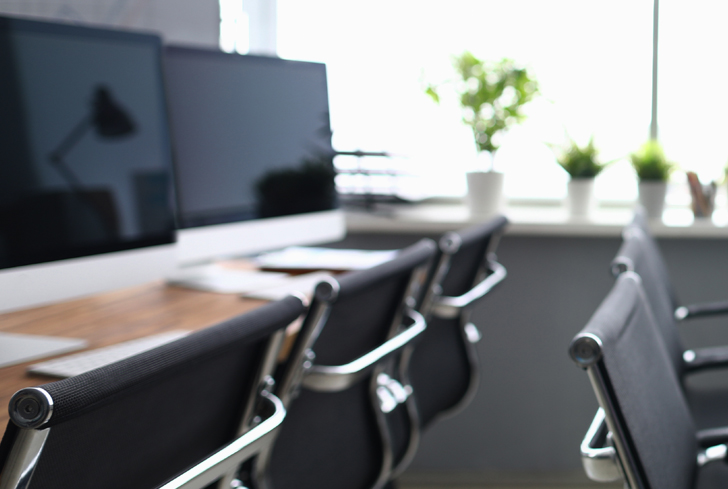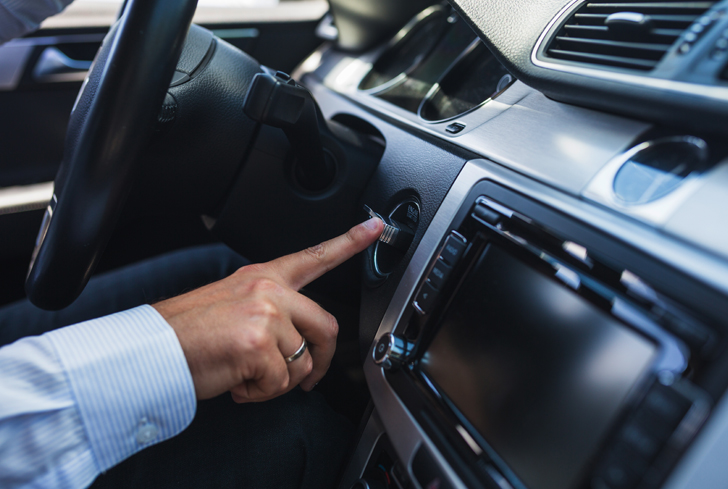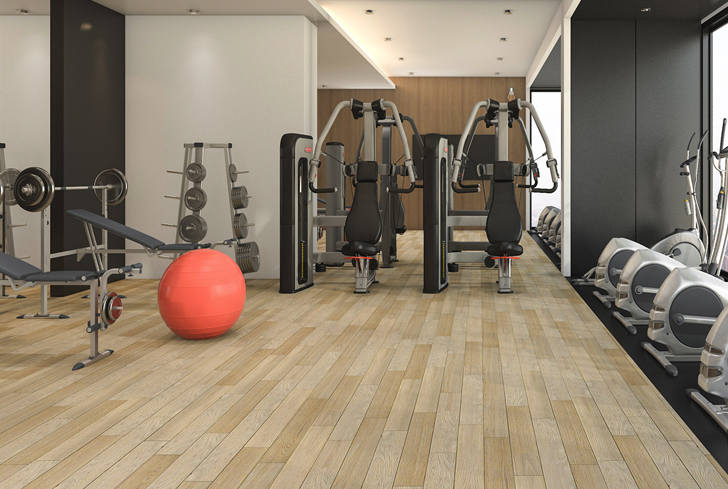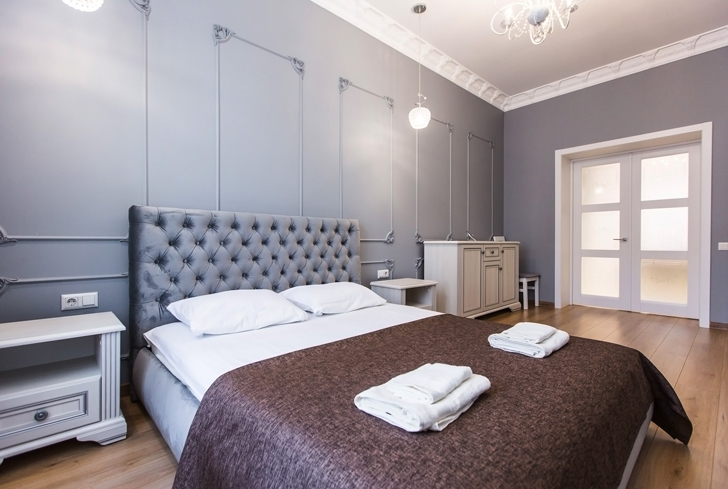
RESIDENTIAL
We may believe that our home is the cleanest place since we take care of it daily and thoroughly. But let’s look at some of the scientific data that have emerged in recent years.
According to a new study by the Hygiene Council, bacteria such as E.coli and Salmonella, which can cause severe forms of food poisoning, are able to survive on home surfaces for long periods of time, while the bacterium Staphylococcus can survive up to 48 hours on some surfaces.
The bathroom faucet hosts 21 times more bacteria than the toilet seat. The dishwasher is the most common place that hides mold and fungi. Fridge handles are usually very dirty because people hold raw food and then they touch the fridge without thinking that all the bacteria will stay on the handle.
Electrical appliances, monitors, desks, children’s toys, knobs, tables all host an invisible but significant microbial load that returns very soon immediately after any cleaning.
Now, we have the opportunity to forget the stress of the daily hygiene in our home on daily touched surfaces such as: household appliances, bathroom ceramics, toilets, sanitary ware and toiletries. shower heads, faucets, knobs, kitchen furniture (that don’t come in direct contact with food), cabinets, elevators, bathroom and garden accessories.
All these viruses and bacteria threats can be forgotten for up to 1 year or 5000 touches by just one application on the surfaces with iQx.


COMMERCIAL SHIPS – YACHTS
As with all means of transport that transport large populations, passenger ships are burdened with various types of pathogens that are transmitted in different ways, especially during touristic seasons. In various researches conducted over the last decade, the results focused on 6 main categories of surfaces where high microbial loads were found: seats, toilets, handrails, restaurant, merchandising points and the ship’s external handrails.
In these places even if there is cleaning and disinfection at regular intervals, the people being transported are so many that no periodic disinfection is enough, especially after the outbreak of the coronavirus. No disinfection protocol will succeed in effectively protecting the passengers effectively between cleaning and disinfection cycles.
On all surfaces of a cruise ship, ferry or yacht, the iQx antimicrobial coating will provide disinfection durability beyond any conventional method currently used. With a long-lasting coating that will withstand 5000 touches or dry cleaning cycles, you will ensure the longest possible disinfecting action available and passengers will enjoy their journey safer than ever.
PUBLIC TRANSPORTATION
It is common knowledge that public transport carries a large infectious load. Worldwide the microbial burden of public transport has now been assessed for determining their overall role in the transmission of microorganisms that can cause significant infections in humans.
Between 2015-2017, more than 900 scientists and volunteers on 6 continents spread to the benches, railings and ticket booths of subways and bus stops to discover the “essential urban microbiome”. The effort revealed 31 species of bacteria common to 97% of the samples collected, the presence of nearly 11.000 viruses and over 700 species of bacteria that have yet to be identified.
A specialized study was also was carried out in Istanbul’s public transport on the surfaces we touch such as handles, seat arms, all supporting means of passengers, ticket machines, window and door handles. Extremely numerous colonies of pathogens S. aureus, Staphylococcus and Enterococcus were found on all of them. These pathogens are also transmittable to humans from surfaces and can lead through inflammation of the skin, to various organ infections, such as wound infections, urinary tract infections, pneumonia, gastrointestinal infections and many more.
iQx is here to fill the gap of continuous disinfection also in public hygiene in multiple objects of common daily contact with the aim to give the extra safety everybody would want inside subways, buses, trains, trams for 5000 touches with a single application.

HOSPITALS – MEDICAL CENTERS
It is indisputable fact that hospitals are fertile ground for the proliferation of super-resistant microbes, making hand washing more important than ever for patient safety. To understand how the “super-germs” were spread by patients, researchers from the University of Michigan followed 399 patients at two hospitals.
All patients were found to have the super-resistant MRSA (methicillin-resistant Staphylococcus aureus) microbe, which was found on their hands, nostrils, and rooms.
The researchers also searched how often the patients had VRE (enterococcus) and RGNB (resistant Gram-negative bacteria) bacteria on their hands. Although MRSA was the most common form of bacteria, the other two bacteria were also found on the patients.
Emergency buttons and bedside tables found to be the places in the room where the researchers found the most bacteria. The 1/3 of rooms were contaminated before new patients were admitted to them, and almost 40% of patients found to have germs on their hands even 48 hours after their arrival. In fact, several of them acquired the germs in less than eight hours after their admission.
The risk of cross-contamination and hospital-acquired infection is greatly increased by the potential, when under pressure, for missed or inadequate cleaning and disinfection to occur. Thus, there is a gap and at the same time an urgent need for improved cleaning protocols and more specifically a regimen of disinfection and continuous antimicrobial protection of the surface.
All these microbial threats become a past memory for 1 year or 5000 touches with a single application with iQx.

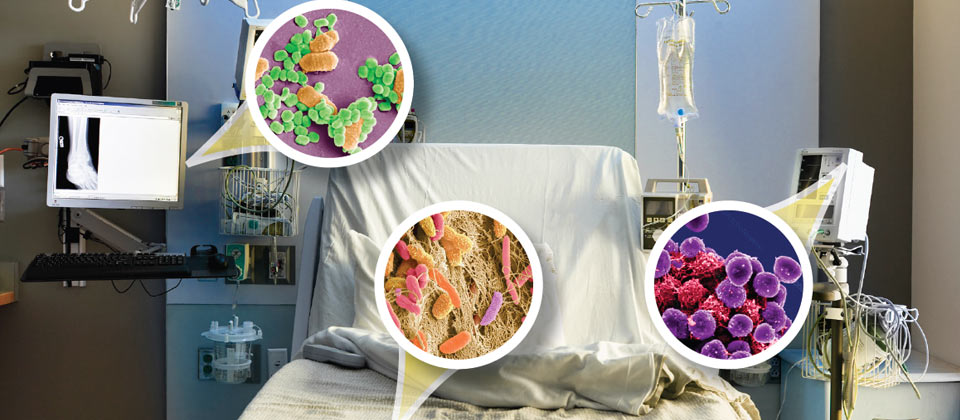

OFFICES & WORK SPACES
Various experimental tests has gathered the fact that the average office hosts about 400 times more bacteria than the average toilet seat some of these types have been categorised as extremely harmful.
But how harmful can it be for the employees the fact that they do not clean their office phone regularly? This device can “accommodate” 25,127 germs per square inch, which is 760% more than the keyboard which may contain 3,295 germs per square inch. This fact makes the phone one of the dirtiest items ever been investigated. On the opposite edge, within a regular private office the winner in hygiene is the mouse as it was found to be the cleanest with 1,676 germs per square inch.
According to the same research, in the list of devices that host the greater number of germs besides the phone being at the top, the office chair follows, the desk itself, the keyboard and the mouse. The situation is not at all different in the kitchen of the office, with dangerous infection points such as the door handle and the electrical appliances that consist daily sources of germ infection. The same applies to printing devices, vending machines, elevator buttons and handrails.
All these microbial, invisible threats become a thing of the past for 1 year or 5000 touches with just one application with iQx.
CARS & VEHICLES
The interior of our car is been categorised by a latest research as the one of the most dirty and dangerous germ colonies sources in the world, emphasising that in many cases it is even dirtier than the public toilet seats!
The research was published at the National Center for Biotechnology Information (NCBI) and the truth is that its findings are quite shocking. Among other things, he states that the steering wheel of the car is four times dirtier than the seat of the public toilet. For the study, researchers calculated the average amount of bacteria per square cm or colony forming units (CFUs) inside cars.
Their findings are not only unexpected but also shocking, to the extent that they are frightening. A lab finding showed that there are 629 CFUs on the steering wheel of cars, while the screen on mobile phones showed an average of 100 CFUs, on the buttons on public elevators 313 CFUs appeared, while the seats in public toilets hosts “just” 172 CFUs!
iQx now offers the ultimate solution to our daily hygiene within the vehicles we use for our transportation and the extra safety we need on all contact points for 1 year or 5000 touches with a single application.
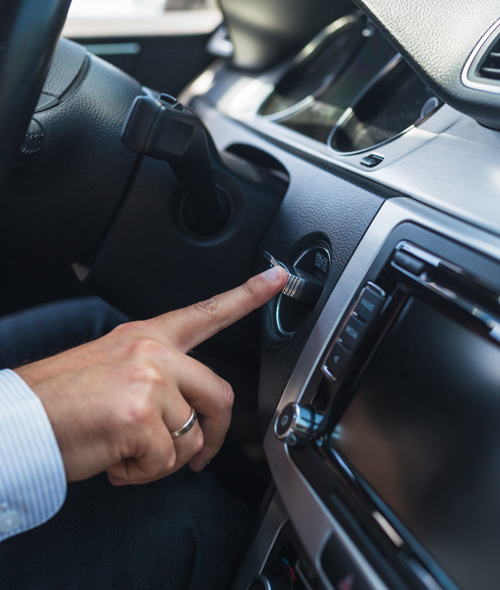
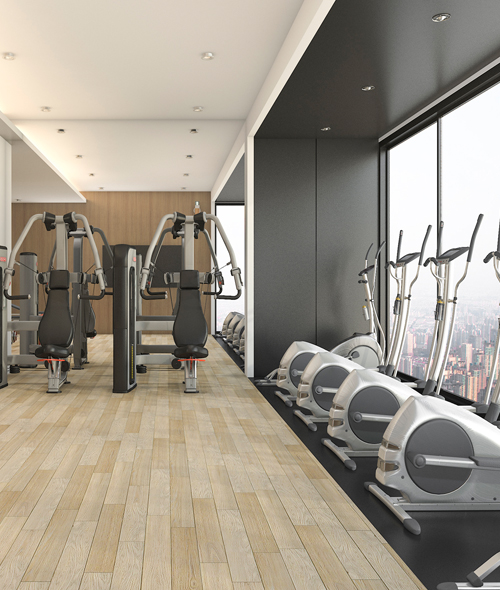
GYM & RECREATION PLACES
Really, have we ever wondered how many viruses and germs all these people with whom we share the gym equipment leave behind after sweating? Definitely, this have already crossed our mind.
Recently, a well-known fitness rating organisation recorded exactly how many germs, bacteria and other harmful invisible organisms live on each gym instrument. The findings were based on samples from 27 different gyms in London’s three most popular gym chains. After analysing the samples, germs were found everywhere, in large concentrations and frightening populations. More specifically:
By the end of the day, the treadmill showed 74 times more bacteria than in a public freezer. The seat and handles of a static bike hosts also 74 times more bacteria than the trays of café and fast food places. Every time you take the dumbbells in your hands, you grab 362 times more germs than if you touched your toilet bowl.
In total, each equipment unit tested carried an average of more than 1 million germs per square inch, with almost 70% of the bacteria being potentially harmful to humans.
Our smart anti-microbial coating will provide the extra mile on the optimum hygiene safety that anyone can imagine for all athletic spaces’ surfaces with only one application and 5000 safer touches.
SCHOOLS, UNIVERSITIES, EDUCATIONAL ORGANIZATIONS
Did you know that children can touch over 300 surfaces in 30 minutes?
That flu-causing germs can survive on common school surfaces for more than 72 hours?
We all know that when children start school, they get sick more easily. The germs they bring from school can affect the whole family as the rest of them can also get sick.
The germs are transmitted in a chain procedure. If a sick child at school touches a desk, it leaves the virus and germs on it that can get into the hands of your own child who will touch the desk. And then these germs come into your home with your child.
We can break this chain of viruses’ transmission through long-term action against them with iQx over: door and window handles, benches and chairs, sanitary facilities (toilet and bathroom), vending machines, educational aids, kitchen equipment (except areas of direct contact with food), gym equipment, computers, keyboards, computers and mice, screens, tables and chairs, lockers, handrails, elevator panels, bells, revolving gates for up to 5000 safer touches of our children on them.

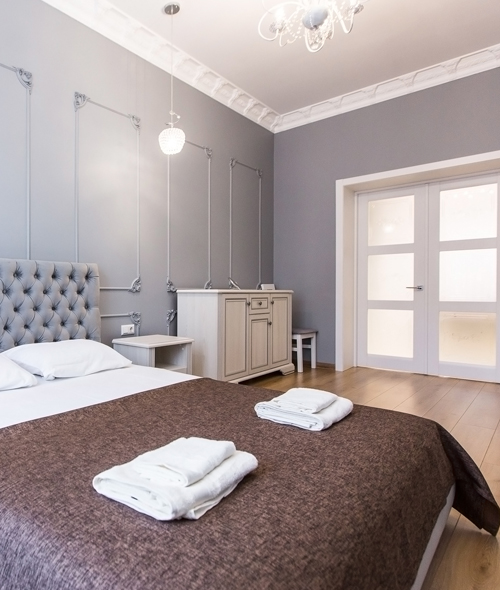
HOTELS & ELDERLY HOUSES
You may think that the dirtiest part of a hotel room is the toilet. And yet it is not so. The bathroom in the hotel room is very well cleaned. However, for some things there is no enough time or they are neglected to be cleaned so thoroughly. So, what is the dirtiest objects in a hotel?
In the first place we find TV remote control, followed by the bedside light switch and the telephone. These are the places where where most virus and germs are accumulated in a room, no matter how well the rest it has been cleaned by the staff.
Recent studies also show that a typical room has 67.6 bacterial colonies per square centimeter. This is a huge number considering that fewer colonies can be found in hospitals.
By using iQx though, it is very easy to apply superior hygiene to customers and employees and provide them the opportunity to enjoy ultimate cleanliness and safety by offer them the extra service of 5000 safer touches.
Reception benches, handles, knobs, tables & chairs, bathroom, elevator, dining area, payment terminals and cash registers, sanitary facilities (toilet and bathroom), kitchen equipment (except areas that come in direct contact with food), locker rooms, railings, escalators, elevator panels, bells, ATMs, fitness equipment.
DAILY USED SCREENS & TECHNOLOGY ITEMS
“Party” of viruses and germs on the electronic devices we use every day? There are many scientific proofs that categorize officially electronic devices at the top of the rank of the largest sources of harmful microorganisms. In fact, according to a British study, computer keyboards host more germs than a toilet seat!
Smartphones, tablets, keyboards, mouse, telephone headsets, screens, keyboards, objects with which you come in daily contact, keep on their surface the complete “history” of the contacts that your hands had after your usual daily routine back and forth the office, home, supermarkets, handshakes, money, handles of vehicles etc.
Of course, you can always clean and disinfect your devices all day. The only problem is the continuous and repeated disinfection. That is, you are definitely able to eliminate these bacteria, but only at the time of disinfection. Because the will be able to start growing again immediately after this cleansing step. It is an endless cycle.
The iQx can give you an effective, one step but long-lasting solution that will last up to a whole year or 5000 touches and the superior hygiene safety you seek.
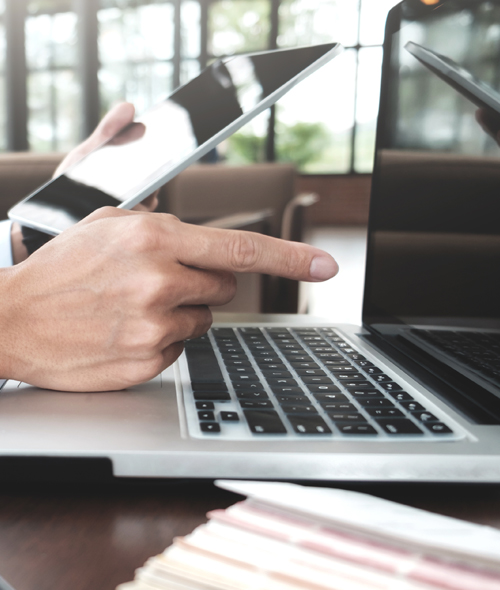
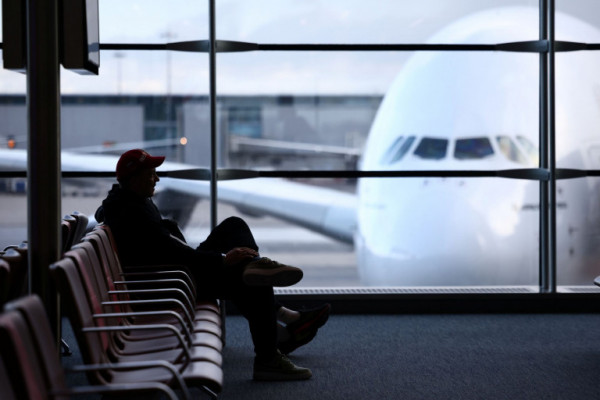


AIRPORTS – AIRPLANES
“Airport is a place full of people carrying their germs” says UC Health Yampa Valley Medical Center infectious disease specialist. Although the pandemic has led to more frequent and intensive disinfection in airports, some germs cannot be avoided, while it is good to remember that not all spaces are the same.
With the help of experts and after successive surveys it emerged that the champions of surfaces with the most germs are seat arms, departure gates, airport toilets, handles, taps, doors, handrails on airport escalators all carry large numbers of disease-causing germs. Check-in touch screens are heavily loaded with over 250,000 microbe colony units per square inch per screen, that’s about 1,500 more germs than we can count in our toilet. The dirtiest part of the airport is the plastic baskets in which passengers’ personal belongings are placed when they go through security control points.
Let’s see how many germs are there on a plane and where are they? This was investigated by “Dr. Germ” (Dr. Germ) as he is known in the USA, the famous Dr. Charles Gerba, Professor of Microbiology at the College of Agriculture and Life Sciences of the University of Arizona, who has been studying for two decades how diseases are transmitted through microbes of our environment, analyzing samples from public and private spaces.
The biggest “germ party” takes place inside airplane toilets. On average, 75 people use them on each flight, without anyone cleaning them in between.
Dr. Gerba’s analysis showed that on all the passengers’ tables there were alarming levels of bacteria and viruses, such as influenza viruses, norovirus and multi-resistant to antibiotics staphylococcus aureus. In fact, the tables were so contaminated that “it’s like eating on a toilet seat”.
The next most frequent place of contamination is the backs of the seats located in the corridor: there are dozens of hands resting on them during flights and, of course, they are not disinfected.
The ideal solution here is provided by the iQx long-term antimicrobial coating that allows the maximum possible safety for passengers. It offers them the optimum protection by allowing them to touch surfaces more safely in airports and during their flights as even up to 5000 touches, the surfaces are kept free from health threatening pathogens.

SHARED MACHINERY & PUBLIC PLACES
While we tend to blame for any spread of disease the indoor places, we do not realise how dangerous some outdoor places and objects are in terms of virus and bacteria concentration, such as elevator buttons, escalators, ATM buttons and vending machine screens. These are the most common items that hundreds of hands touch every day and are full of bacteria.
Thousands of hands touch every surface in subway, bus and tram stations every single day. Also, the seats and handles in public transportation and taxis also consist major sources of pathogenic germs. Researchers have found traces of blood, sweat and urine on the handrails on the escalators in subway stations.
Public toilets also hide infectious bacteria and viruses such as E-coli, streptococcus, staphylococcus and shigella that transmit infections, bloody diarrhoea, abdominal cramps, dysentery, etc. The sink, the toilet seat, the door handles, the floor, host millions of colonies of pathogenic microorganisms.
With one only application of iQx we can now eliminate for 5000 touches these existing but invisible threats over vending machines, ATMs, water machines, parking meters, public spaces and toilets.






